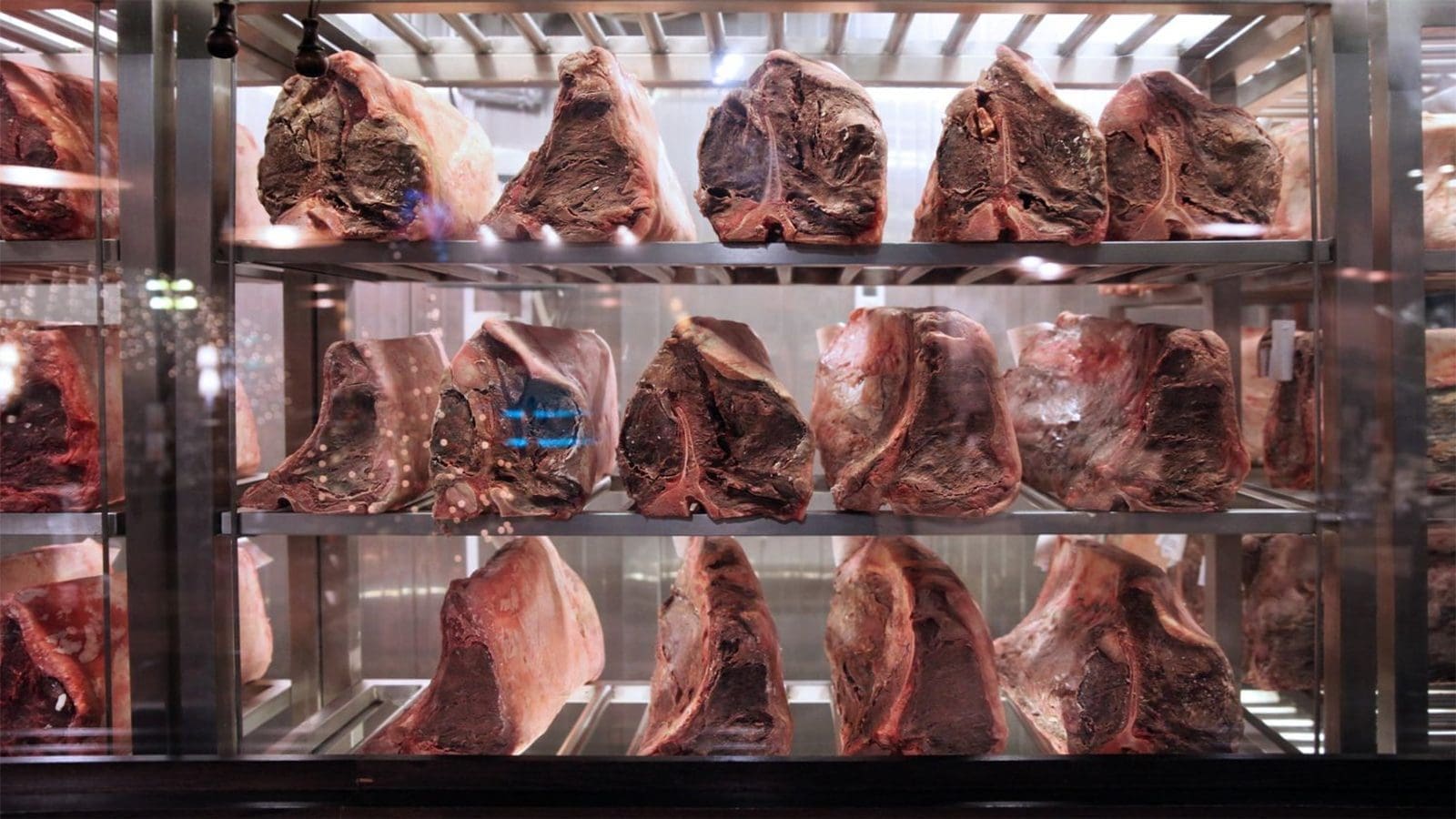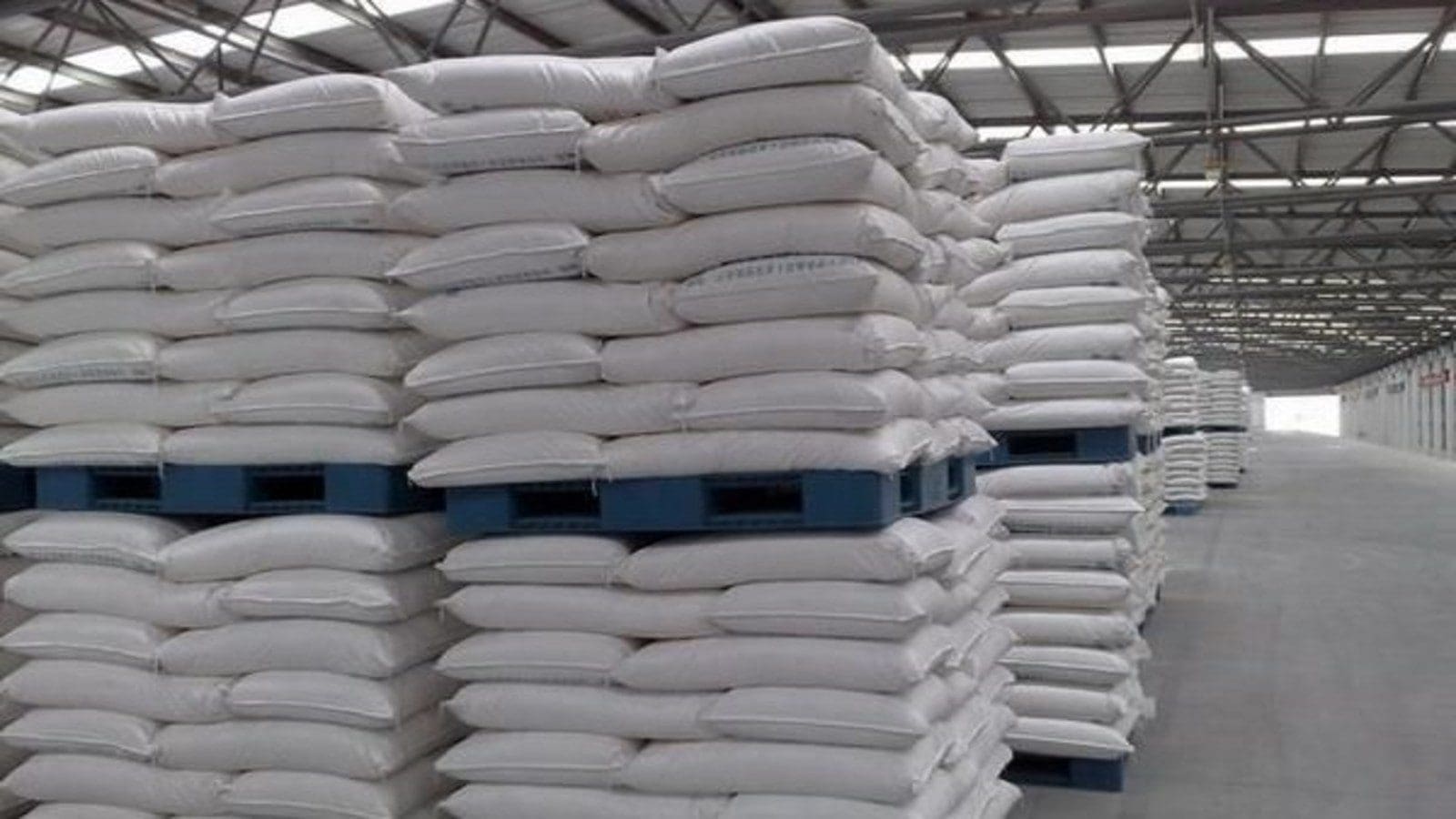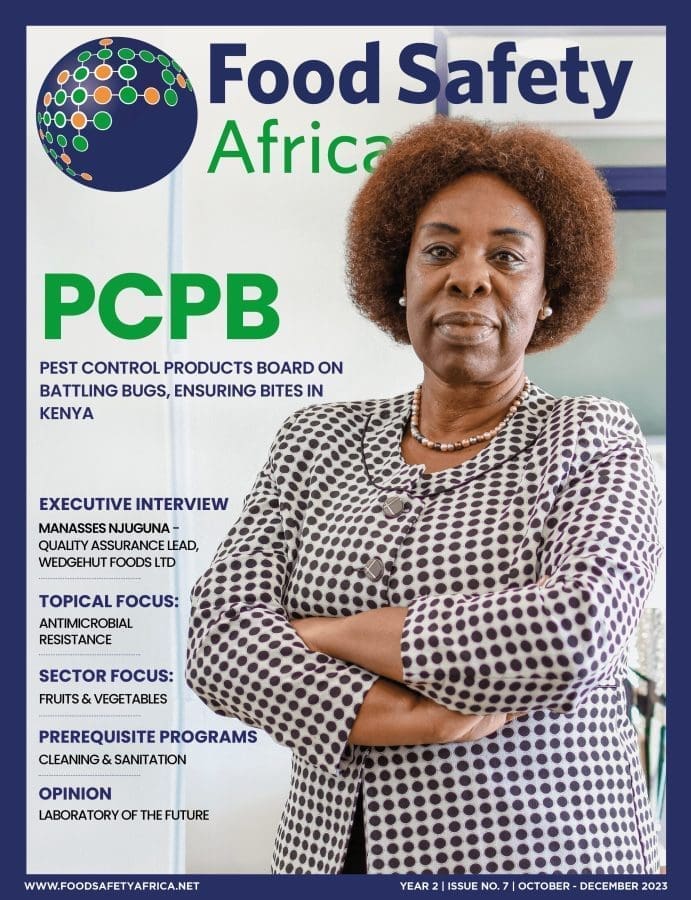EUROPE – The European Food Safety Authority (EFSA) has declared that aged meat does not pose any additional dangers to fresh meat if it’s aged under controlled conditions.
Following a request from the European Commission, the Scientific Panel on Biological Hazards(BIOHAZ) was asked to provide a scientific opinion on the impact of prolonged ageing of meat using the dry-ageing process for beef and the wet-ageing process for ungulates on the load of microbiological hazards and spoilage bacteria in comparison with standard fresh meat.
The scientists at EFSA examined current procedures and pinpointed the pathogens and spoilage germs that might emerge and persist during the aging process and pose a risk to human health.
These include enterotoxigenic Yersinia spp., Campylobacter spp., Clostridium spp., Salmonella spp., Staphylococcus aureus, Listeria monocytogenes, and E. coli (STEC) (particularly in beef).
Meat aging is a process in which microorganisms and enzymes work on the meat to dissolve the connective tissue, making the meat more tender and flavorful. Wet aging and dry aging are the two main approaches that can be used for this.
Dry aged beef is kept in the refrigerator without packing, producing a dry surface that is cut off before preparation. Wet ageing is utilized for beef, hog, and lamb that is preserved and kept in a vacuum package.
In contrast to dry-aged beef, which is stored and chilled without packaging and develops a dry surface that is removed before preparation, wet ageing is used for beef, pork, and lamb which is stored and chilled in a vacuum package.
“Aged meat has risen in popularity in recent years among the food industry and restaurants yet until now there has been a lack of knowledge about its safety.
“EFSA’s advice contributes to filling that gap and provides a solid scientific basis for food business operators to produce aged meat that is safe,” said the Chair of EFSA’s Panel on Biological Hazards, Prof Kostas Koutsoumanis.
According to EFSA’s experts, there are no additional dangers present as long as the precise timing and temperature conditions mentioned in the scientific opinion are followed throughout the aging process.
For instance, if dry aging is carried out for up to 35 days at a temperature of 3°C or lower, dry-aged beef can be regarded as being as safe as fresh beef.
The scientists at EFSA examined current procedures and pinpointed the pathogens and spoilage germs that might emerge and persist during the aging process and pose a risk to human health.
These include enterotoxigenic Yersinia spp., Campylobacter spp., Clostridium spp., Salmonella spp., Staphylococcus aureus, Listeria monocytogenes, and E. coli (STEC) (particularly in beef).
They explained the criteria that would produce dry-aged and wet-aged meat with the same level of safety as fresh meat, expressed as combinations of time and temperature during the ageing process.
The experts also recommended that the surface temperature of dry-aged beef not rise above 3°C while it is being aged.
This is because dry-aged meat may develop mold on its surface at higher temperatures, and some of these molds naturally create mycotoxins, which are toxic substances that can be detrimental to one’s health.
“Finally, our experts concluded that the Hazard Analysis Critical Control Point (HACCP) and prerequisite programmes used to ensure the safety of fresh meat are also applicable to aged meat,” said EFSA.
For all the latest food safety news from Africa and the World, subscribe to our NEWSLETTER, follow us on Twitter and LinkedIn, like us on Facebook and subscribe to our YouTube channel.








